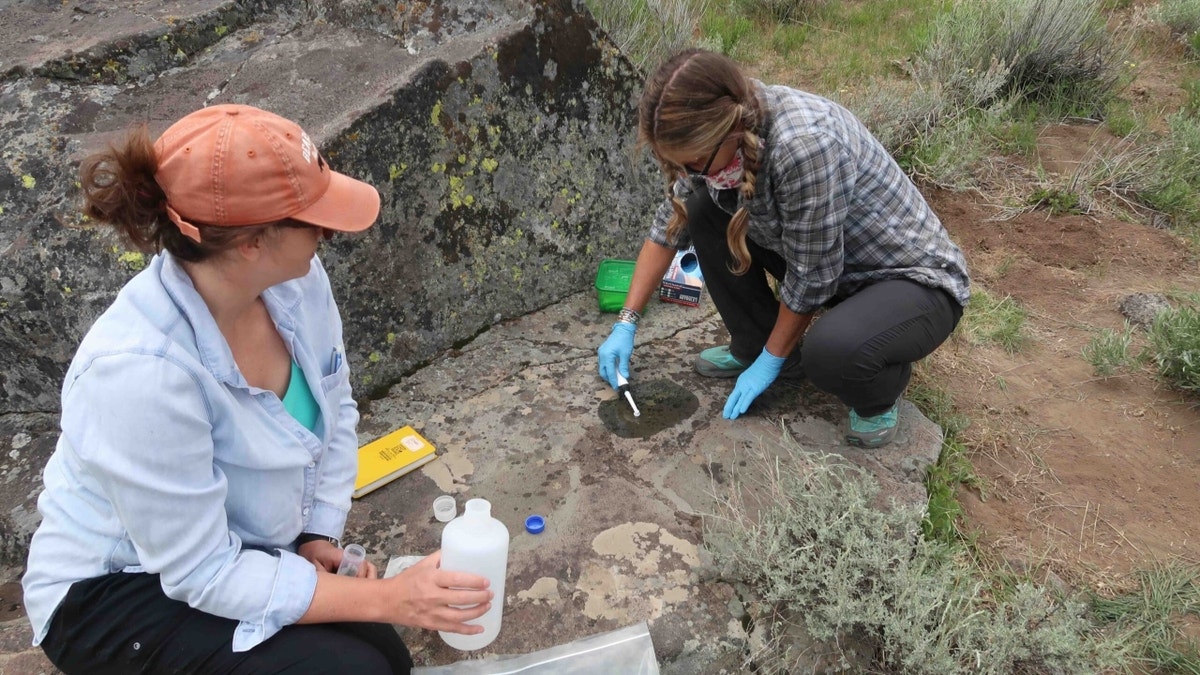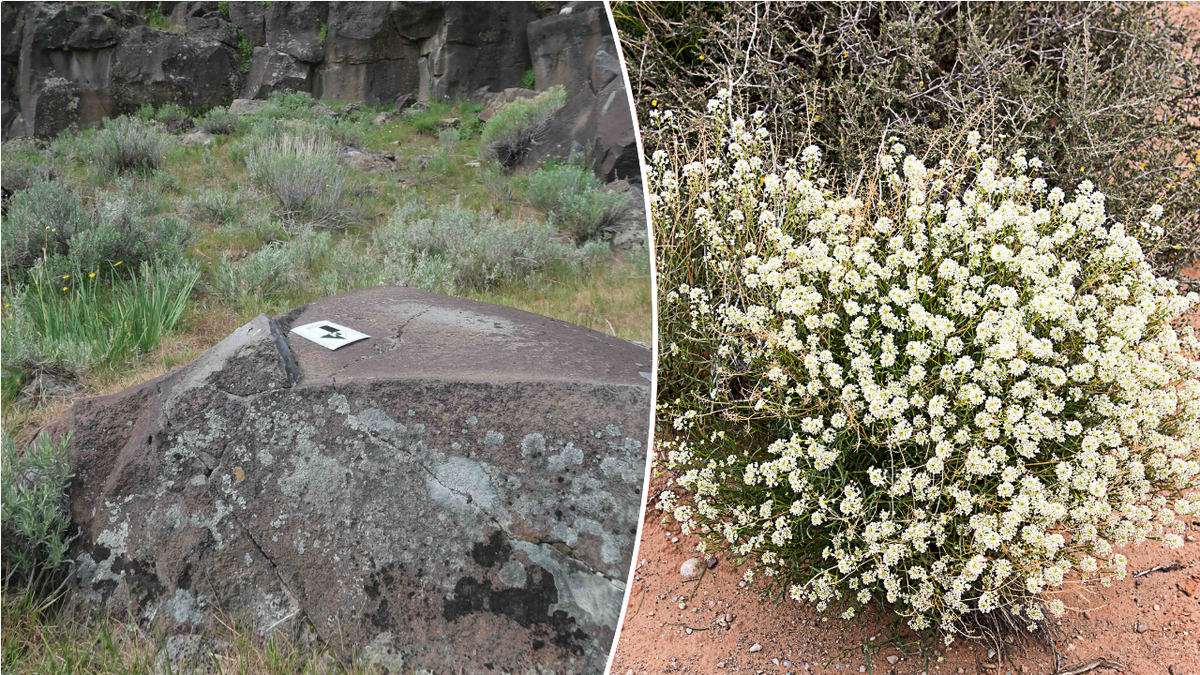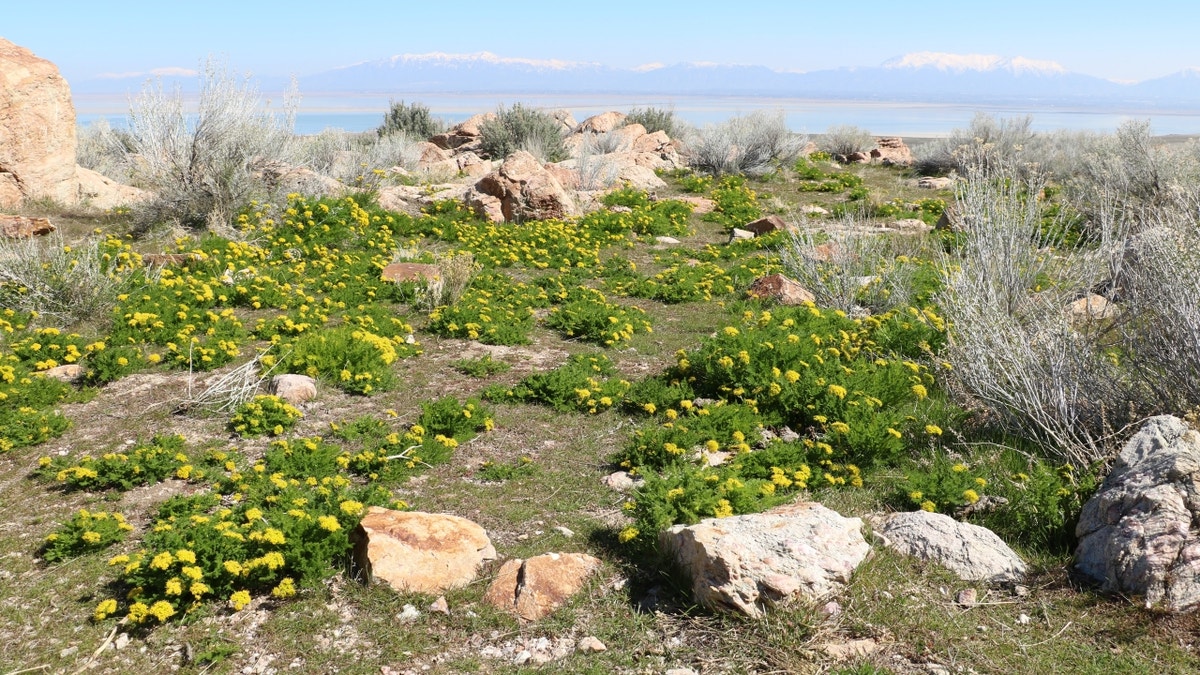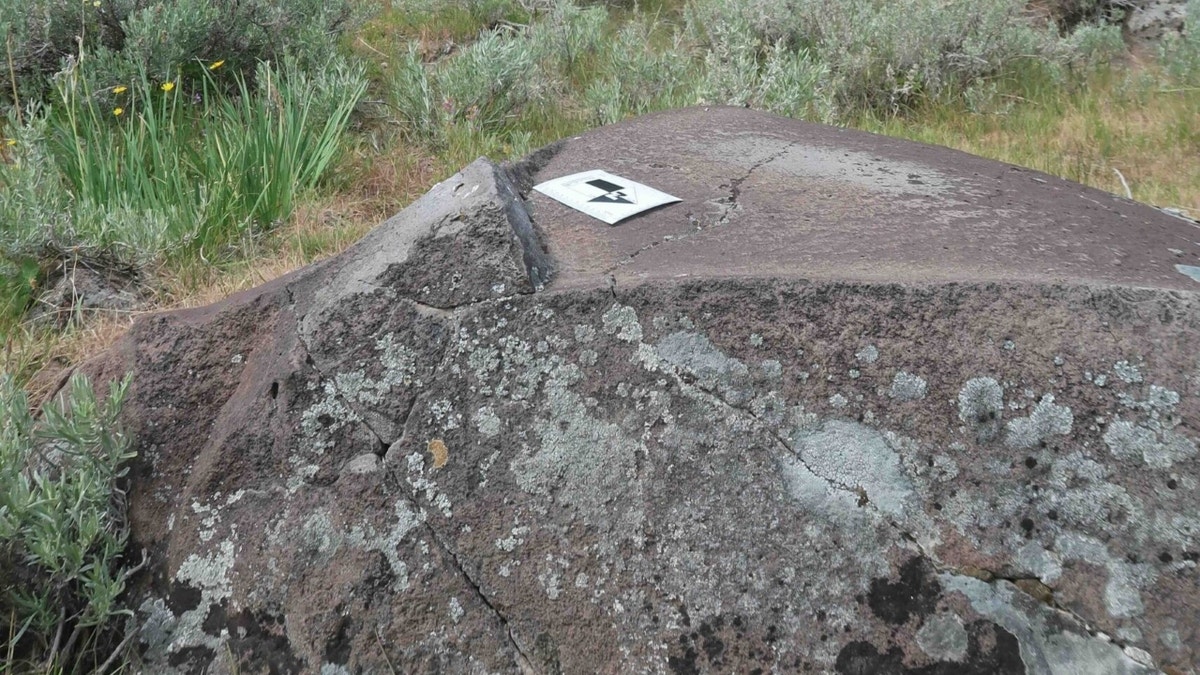Two anthropologists from the University of Utah spoke with Fox News Digital about recent research conducted on ancient stone kitchens, revealing insights into how prehistoric people ate.
Ancient stone structures on the West Coast are helping experts understand more about??practices, according to groundbreaking scientific research.
In a recent interview with Fox News Digital, University of Utah anthropologists Lisbeth Louderback and Stefania Wilks spoke about their research in southern Oregon, which was published in February in the journal American Antiquity.?
The experts have been analyzing stone metates ¨C or bedrocks with grinding surfaces ¨C to learn more about how ancient people ate.
Louderback, an associate professor and curator of archeology at the Natural History Museum of Utah, told Fox News Digital that Native Americans in the Northern Great Basin would process geophytes on metates by using manos, or handheld stones.
Geophytes is a term that describes plants with underground storage organs, but they're far from obscure. The group?, carrots, ginger and onions.

University of Utah researchers have uncovered ancient food practices after analyzing stone structures in Oregon.?(Carolyn Temple, Bureau of Land Management via University of Utah)
So the researchers got to work and did starch granule analyses on several different metates from three different sites in southern Oregon.?
"Sure enough, we found very good evidence of geophyte processing on these bedrock metates," Louderback said.
Notably, the two experts searched the cracks and crevices of bedrock metates, which yielded many more samples than the rock surfaces.
"Virtually no starch granules were on the cleaning surface, but hundreds of starch granules were observed in those cracks and crevices deep down," Louderback said.?
"It could be as old as Late Pleistocene [126,000 to 11,700 years ago], but the evidence we found could also be as young as 500 years ago."
Because of the open-air surfaces on the stones, it is nearly impossible to date the granules' ages, the professor said. But they are undoubtedly old.
"It could be as old as Late Pleistocene [126,000 to 11,700 years ago], but the evidence we found could also be as young as 500 years ago," Louderback said.

The ancient stone metates contained granules of biscuitroot (seen on right). Biscuitroot, which grows underground, develops flowers.?(Stefania Wilks, University of Utah / Getty Images)
"So we don't know what the antiquity of this geophyte processing is on these features, but we definitely found evidence of geophyte processing, as well as processing of other plants, wild grasses and things like that as well."
What did this??look like??
Graduate student Stefania Wilks told Fox News Digital that most of the granules were biscuitroot, which is in the wild carrot family.
"They're starchy.??They were very important to the people living there when the Europeans came," she said.
"The European explorers relied on the resources that the Native peoples were able to share with them and included these geophytes," Wilks added. "In this region, in the Northern Great Basin in general, geophytes were very, very important."
"They're still accessible today. They're still useful."
Images of people grinding maize into flour may come to mind, but the environment of the Northern Great Basin differs from the southwest. Instead of corn, people relied on biscuitroot ¨C and Wilks said that the??is still eaten today.
"These geophytes, [like] biscuitroot and bitterroot ¡ª they're still being eaten today, largely for ceremonial gatherings."

Native Americans in the Northern Great Basin relied on biscuitroot (seen here) for sustenance.?(Getty Images)
"It's not like they go out every day and
harvest them," Wilks said. "There's only certain seasons
when you can actually harvest them very well or very
tastily. But yes, they're still accessible today. They're
still useful."
She added, "Their nutritional analysis says they're very, very high-ranked food sources. So it's nice to get this longevity, this information that these were important plants in the past. And they're important plants today."
Geophyte tissues don't tend to last very long in the archaeological record, unlike seeds, she said.
The starch granules prove how the tools were used in ancient times.
"The starch granule evidence was needed to even be able to say that these milling surfaces were used for these plants," Wilks said.?
How did ancient people eat biscuitroot? They
could have ground them into flour, pounded them or just??plain.
"Not all geophytes necessarily have to get pounded," Wilks told Fox News Digital. "Think of an onion. Wild onions ¡ª you can just pick them and eat them."
She continued, "You don't really need to even do anything with them. So it's just more of what we can see ethnographically. In modern ethno-historic records, we know that they were pounding and processing and grinding and patting them into cakes."

The crevices and cracks of ancient stone metates can reveal the dietary habits of Native Americans.?(Stefania Wilks, University of Utah)
Wilks emphasized the research has helped history come to life, with the starch granules proving how the tools were used back in ancient times.
"We were able to see these starch granules embedded within these tools," Wilks said.
"Because without this evidence, it's always been inferred that this processing of these geophytes was going on. We didn't know."
Fox News Digital's Kyle Schmidbauer contributed reporting.

